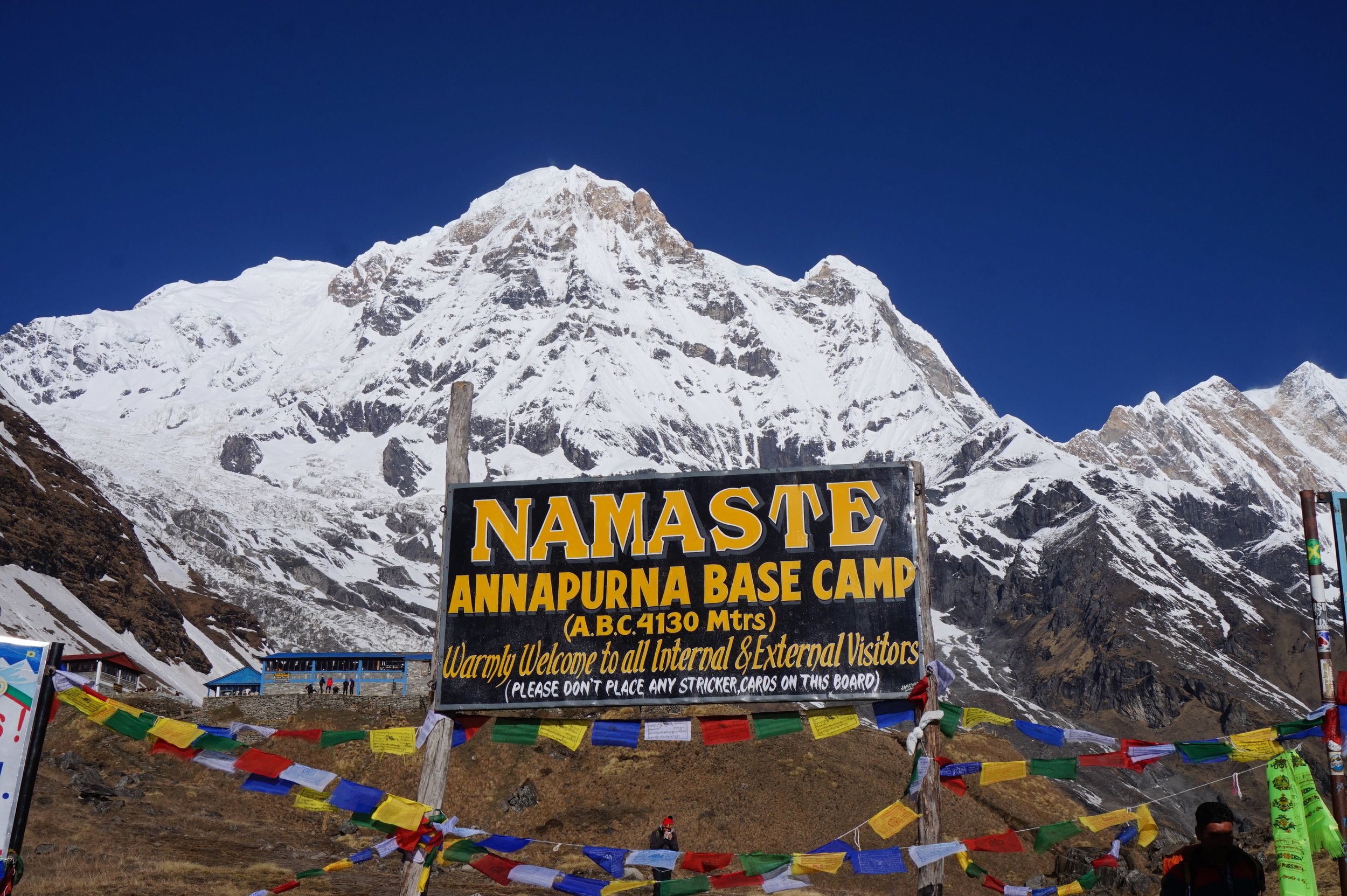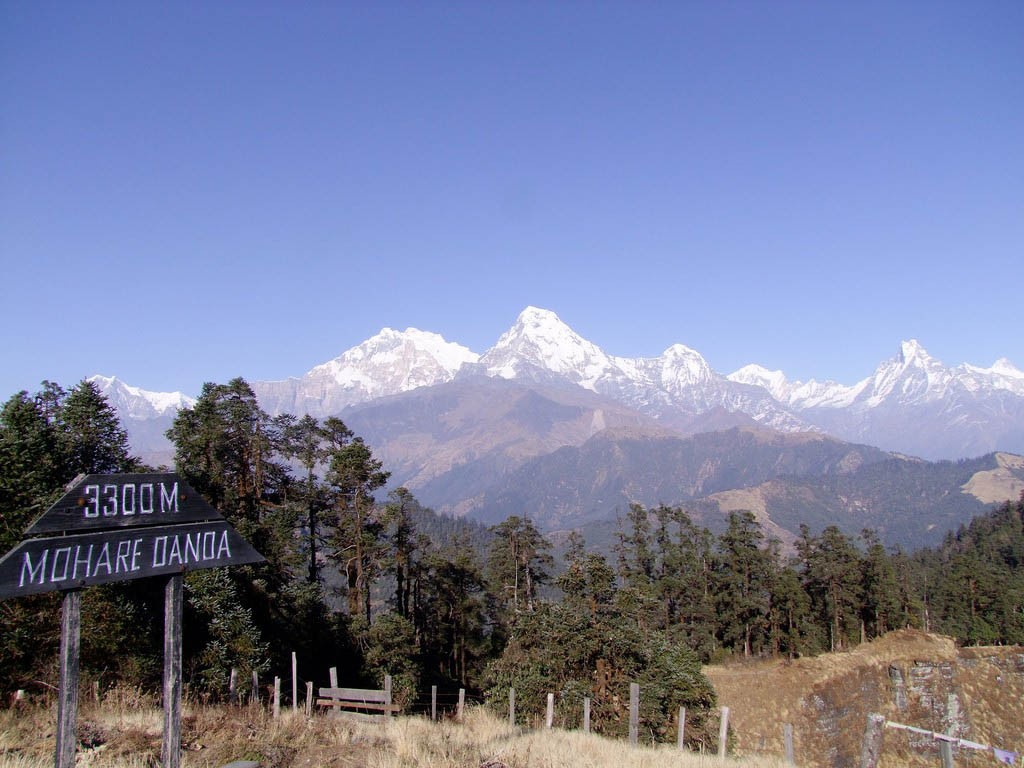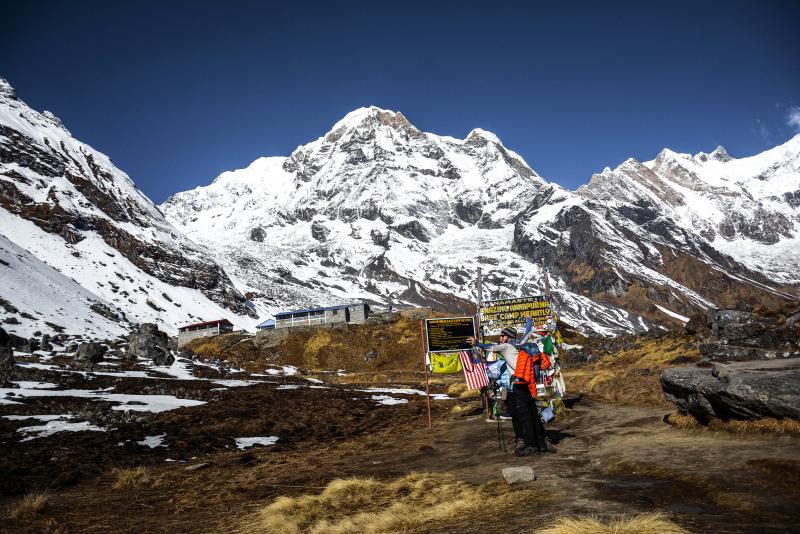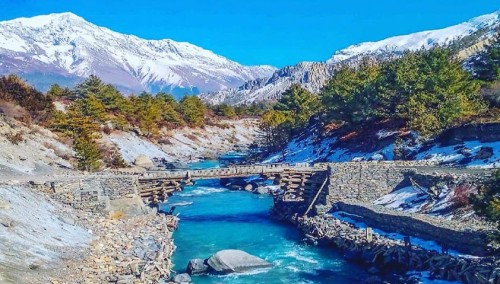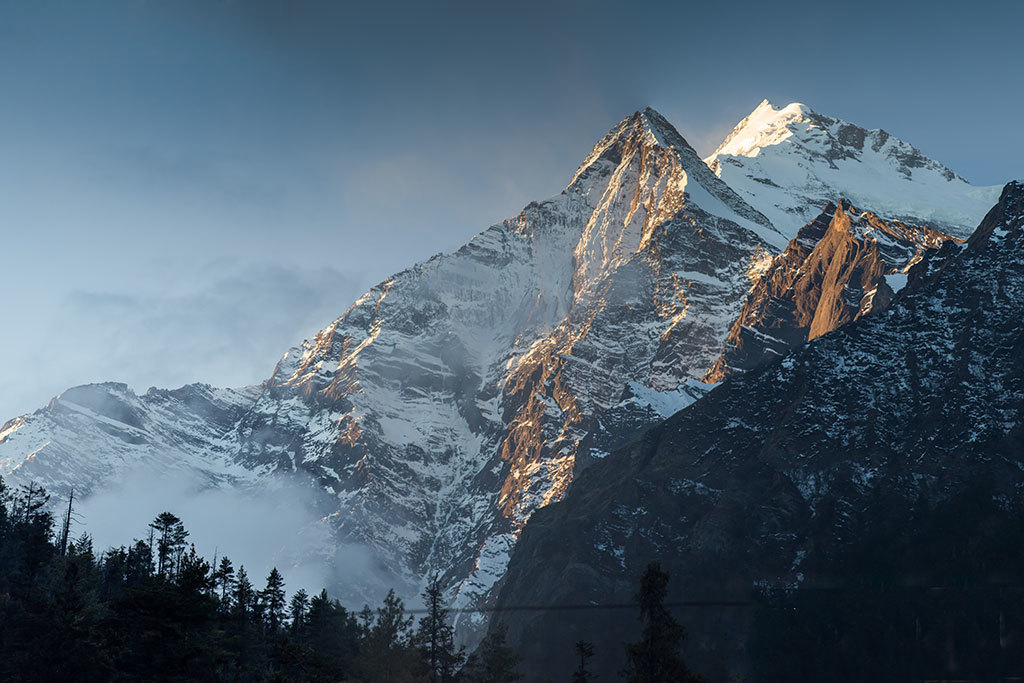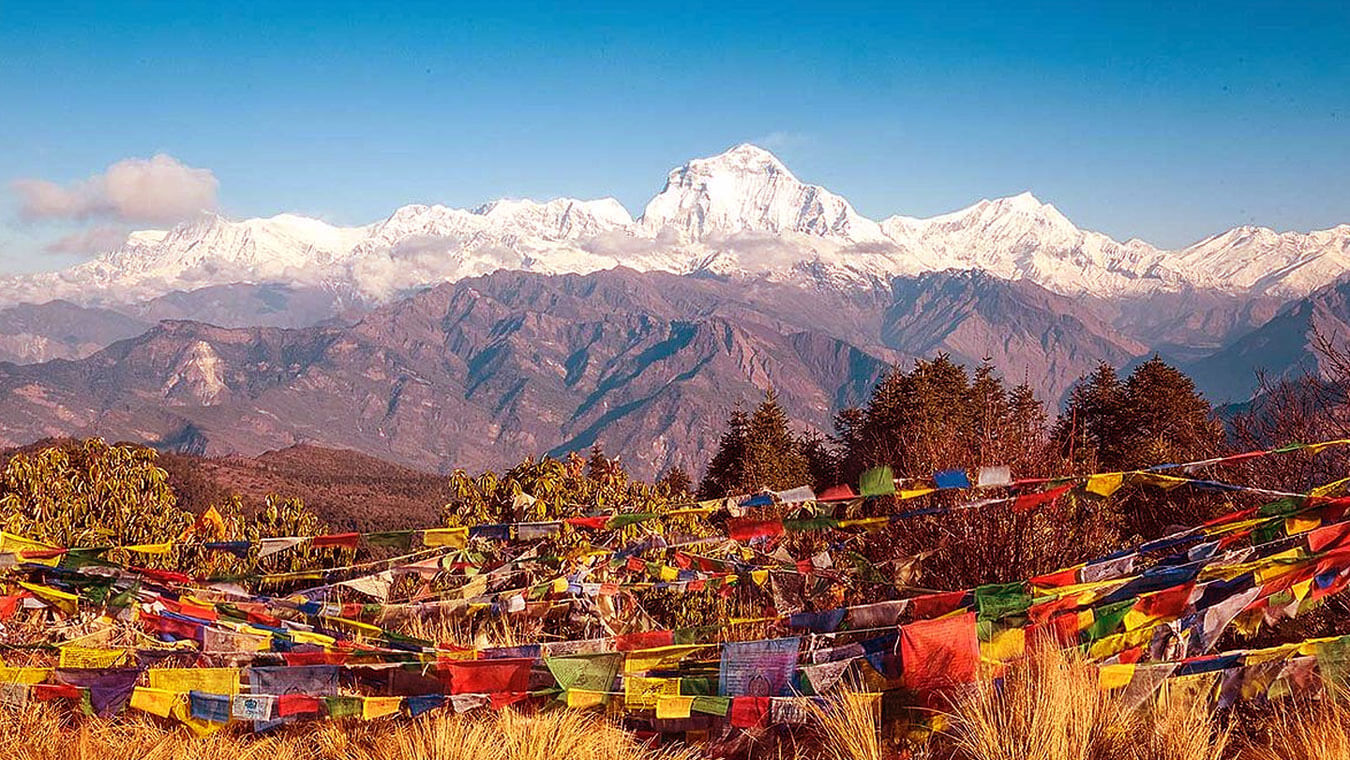After seeing a lot of videos and recommendations about trekking routes in Nepal we found Devi. Baral He was highly rated and with a variety of positive comments, not only about him but his whole team.
We sent him several emails with our questions, suggestions, details of time disposition and of course our decision about the route. He, based on the time we had suggested Mardi Himal which is described in YouTube and other places as "the hidden gem of the Himalayas"
Devi and his team, Tilak the tour guide and Thir the porter were outstanding in every single aspect of our trip.
Devi: His logistics are flawless! Transportation, accommodation, flights, communication, kindness. He is onto everything. (Without any prior payment he responded to every single email)
Tilak: He has been in these trails for quite long, originally from Everest region and living in Kathmandu for a while being a guide for more than half his life. He was everyday ready to provide every single thing we needed from every meal to the zip of water for our tooth brushes, got us extra blankets, hot water for showers, trying to please our food needs, during trails assisting, chatting, you name it! Was his intention not to make you move a finger while we were resting.
Thir: The porter, what a strong dude! He doesn't speak much of English but he carried 20 kg on his back with a smile on his face. As well ready to help at any time. Thir is Nepalese skinny Thor!
The trekking: it was set for 6 days and not expecting rain yet. Bummer, monsoons got earlier this year!
We were picked up by Tilak and Thir at the airport ready for the trek, drove almost 40 min until the starting line and from we started such an amazing experience. It was my wife's suggestion not to tell you the details so you can discover it for yourselves. So I will only say this, unless you are certain of warm weather bring winter gear with you, sleeping bags, silver bags, snow gloves, flashlights, towels, solar batteries ( there is 2 kind, .. one is like a spare battery and the other one works line a solar panel .. bring both) rain poncho, rain covers for the backpacks, water purifiers, flip flaps to take showers. Probably you are gonna laugh but I took my iPad loaded with movies... you spend long time in camps without much to do, some nights were long due to the storms so those movies helped a lot! Any question feel free to shoot a DM! Enjoy your trekking, be safe!! Always go with a guide!!!!! You might find lots of people saying not to but is safer ... people get lost, injured etc.
Mardi Himal Trek October 2019!!!
14th Mar, 2022





.jpeg)
